Planting a Food Plot for Deer
Posted by Steven on December 12, 2024
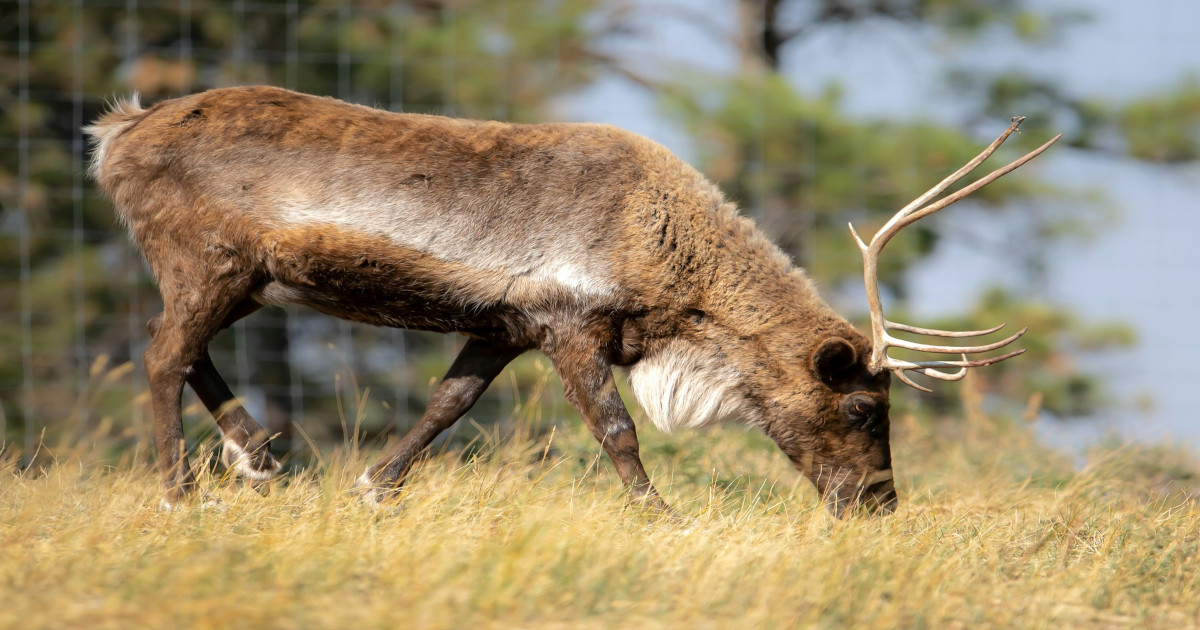 Planting a food plot for deer is a great way to attract deer and feed them protein and other nutrients. Inexperienced hunters may find food plots overwhelming and complicated. To clarify, here is a basic guide on planting food plots.
Planting a food plot for deer is a great way to attract deer and feed them protein and other nutrients. Inexperienced hunters may find food plots overwhelming and complicated. To clarify, here is a basic guide on planting food plots. Selecting a Location
The first step to planting a food plot is choosing the best location. The best location receives a healthy amount of sunlight and moisture. Six hours of sunlight works but eight to ten is better. If you don’t have land that gets enough sunlight, some species perform better in the shade than others.
Avoid planting where there is high visibility or activity from neighbors or the road, this could drive deer away. If you have the space, divide the plot into multiple sections.
Gather Equipment
When plotting a field, you need the equipment to till the plot, plant seeds, and spray weeds. You can tow a chain or disc harrow behind an ATV or a tractor for tilling. Gather herbicides needed to strengthen the plants and keep weeds out. You will also need a weed sprayer. Use a pull-behind or mounted spreader on your ATV. You can also use a hand spreader.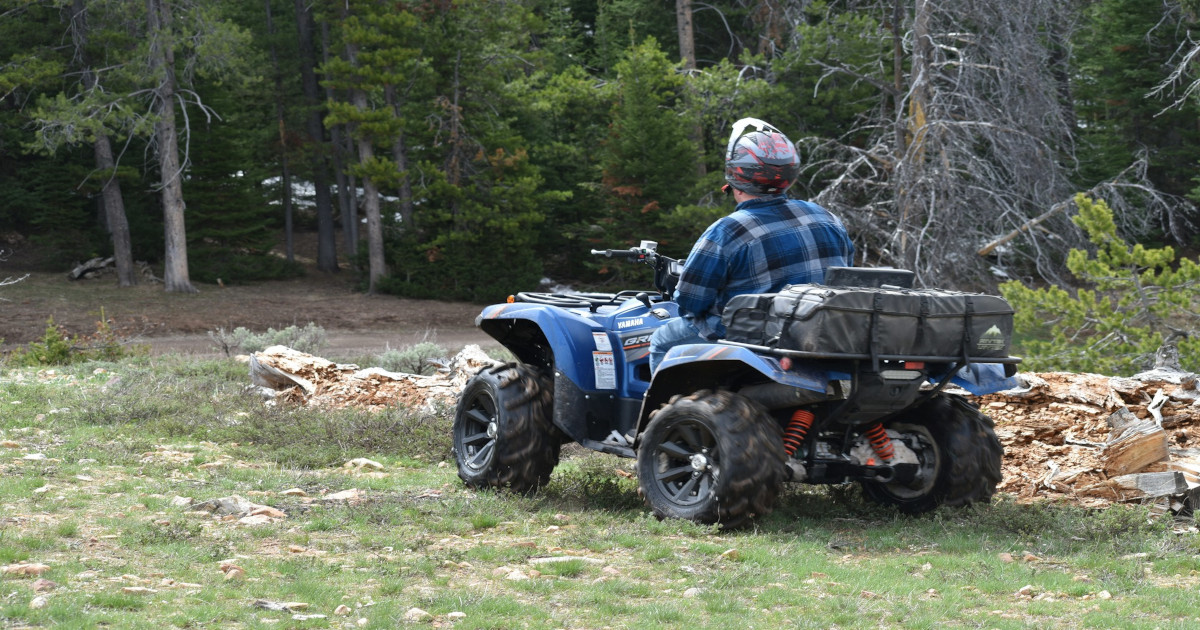
Clear the Site and Weeds
Clear the plot of any debris. Remove any brush, rocks, or trees that interfere with planting seeds. After the plot is clear of debris, spray the weeds. A calm day without rain is ideal for spraying. Before planting, wait 10 days after spraying to see if there are still weeds. Spray again if the weeds persist. Not effectively removing weeds is one of the most common causes of plot failures.Test the Soil
One of the worst mistakes you can make is skipping the soil test. With a Whitetail Institute Laboratory Soil Test Kit, simply send in a sample and receive results by mail or email within a week. Once you receive the results, follow them as much as possible to have the best soil for planting. 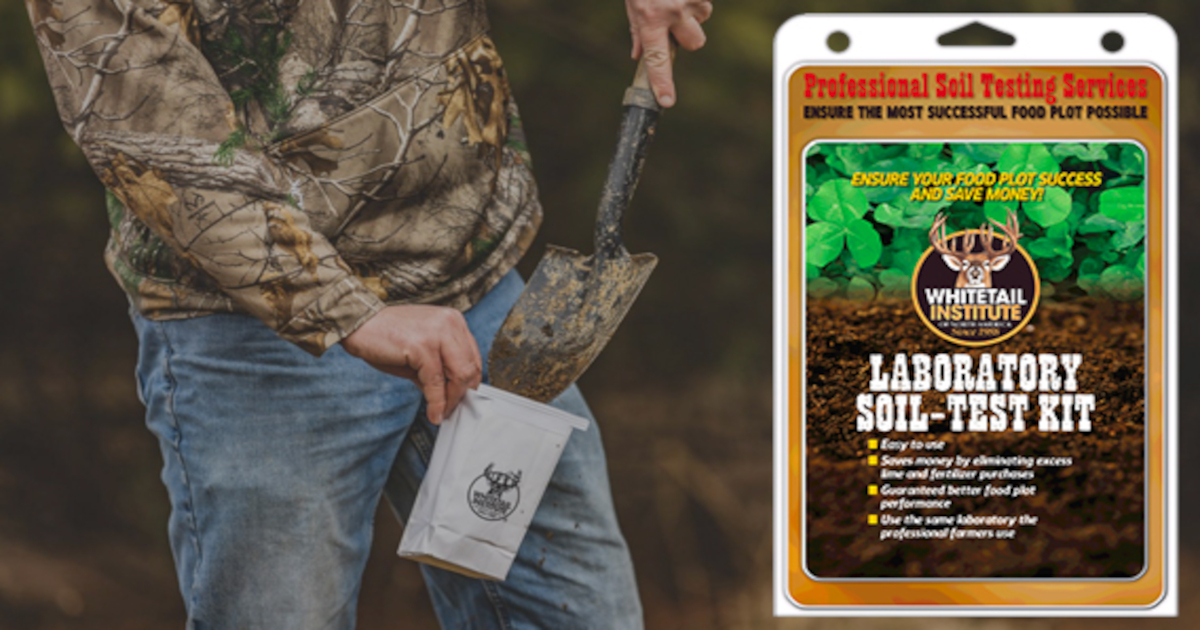
Add Lime and Fertilizer
Using the soil test, acquire the fertilizer that your field needs. The main nutrients are calcium, phosphorus, potassium, nitrogen, and micronutrients like boron, manganese, or zinc. Seek out a fertilizer company or farm co-op that mixes bags with the fertilizers you need.Till the Soil
Once you have added the lime and fertilizer, it is time to till the soil. This will loosen the ground to prepare it for planting the seeds. Towing a harrow, or plow behind an ATV or tractor is the most efficient method. If you do not have any machinery, you can use a shovel, hoe, or other hand tools to chop and pull the soil. Plant the Seeds
When planting the seed, follow the manufacturer’s instructions. Plant the seeds at the depth, quantity, and space the bag says to. Calibrate the seeder so it distributes seed at the recommended rate. Planting too many or too few seeds will ruin your food plot. 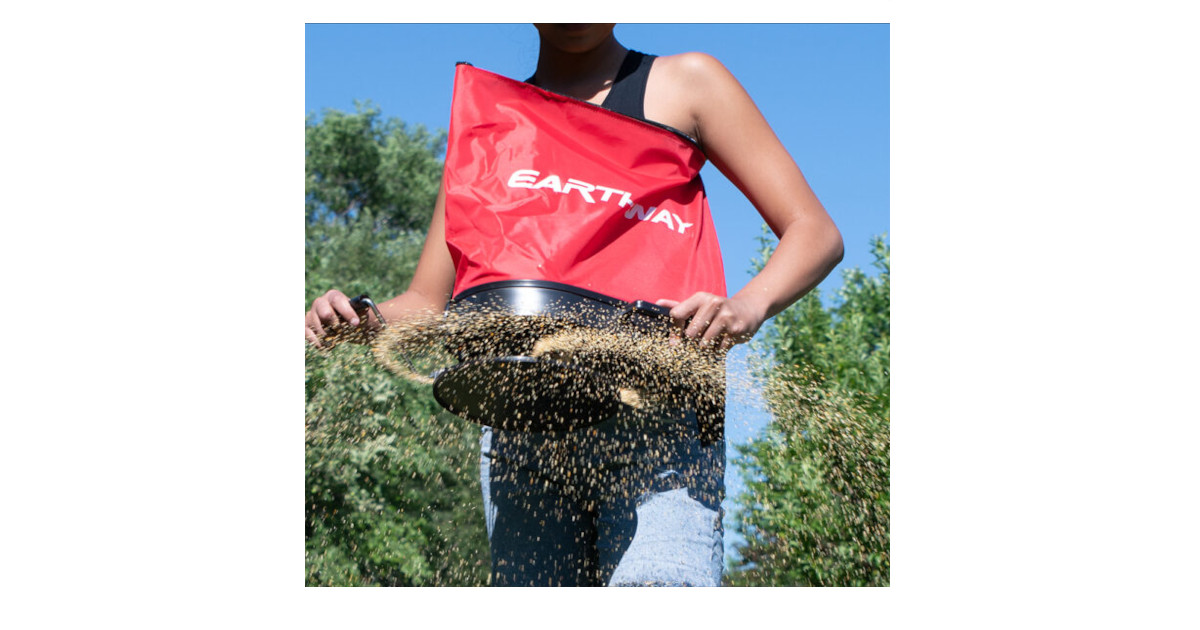
Cover the Seed
Cover the seed carefully using a cultipacker, short-tooth harrow, or drag pulled behind a tractor or ATV. If the seed is covered too deeply it won’t grow and poorly covered seeds will be eaten by wildlife. Protecting Your Food Plot
Protect your food plot from unwanted guests eating or trampling the plot. Cover the crop properly to keep animals from eating the seeds. Build a temporary fence out of wood or wire to keep out visitors while the plants are growing. The expensive option is to build an electric fence to keep deer, hogs, bears, and other animals away. When the plot is ready, remove the fence so the deer can access it. You can also use Milorganite fertilizer which repels deer with its smell.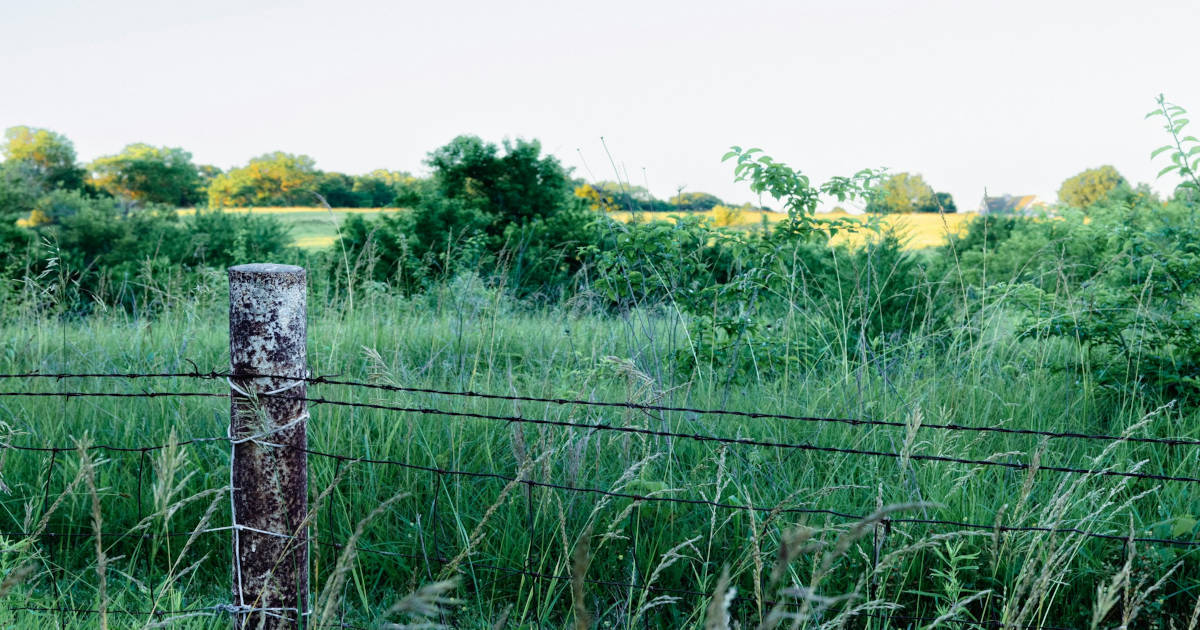
Conclusion
A well-maintained food plot can attract deer and help them stay healthy throughout the season. To ensure success, select a location that allows the seeds to grow. Use the best equipment to prepare that land and plant the seed. Test the soil so you know exactly what you need.
Loosen the ground so the seeds can grow. Plant the seeds according to the manufacturer's instructions. After planting, cover the seeds carefully and consider protective measures to safeguard your plot from predators.
Double-check that the seeds and attractants you plan to use comply with local or state regulations before purchasing. Staying informed and following legal guidelines will help ensure a successful and lawful hunting experience.